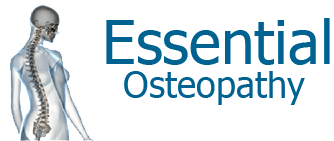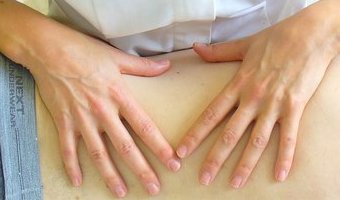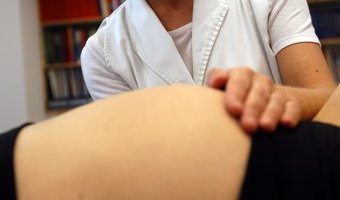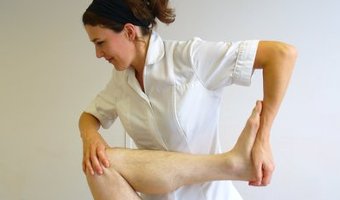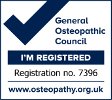The Do Re Mi of Standing (and Walking)
Katy Bowman, the biomechanist whose book Move your DNA I recommend highly and talk about in a short book review in this newsletter and on my blog, has written widely about natural movement and body alignment for health and wellbeing.
Inspired by fantastic blog posts from her website ‘Nutritious Movement’, here is advice as to how to stand without the traditional cues and psychological preferences like ‘take your shoulders back like a soldier’, ‘push your chest out’, ‘I like to hold my tummy in’ and ‘stand as if you’ve got a book balanced on your head’! Standing (and walking) in an aligned way can really prevent lower extremity (foot, ankle, knee), hip, back and upper body pain:
